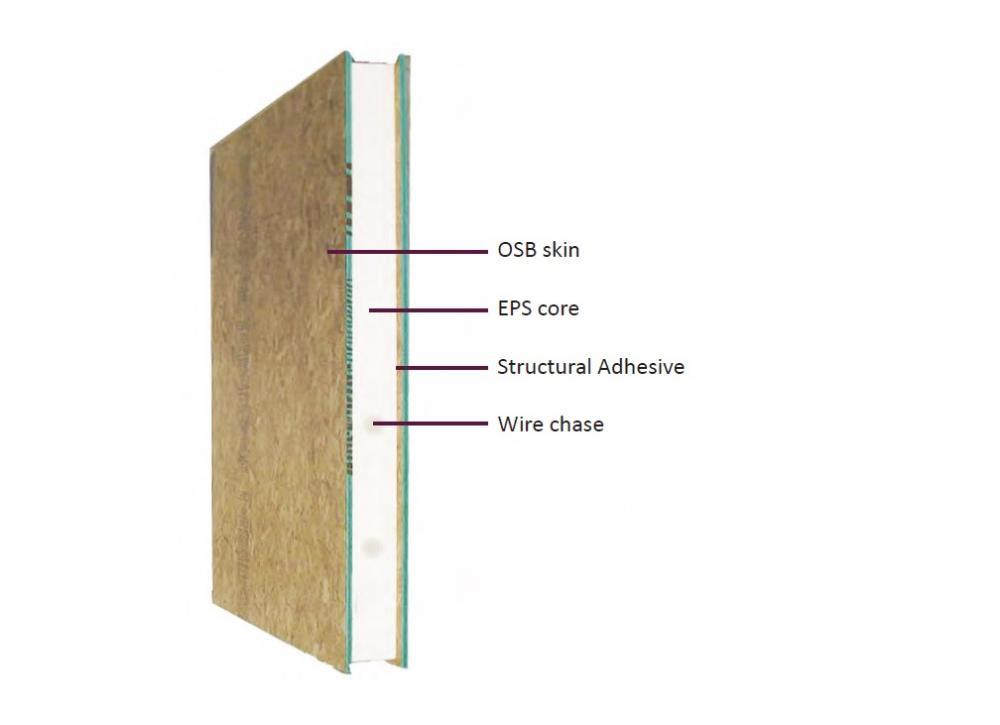A few days ago, FCA and PSA confirmed that they had agreed to merge, and the two parties will each hold 50% to build the world's fourth-largest automaker. PSA hopes to use FCA to return to the North American market, and FCA hopes to use PSA to reverse the decline of its European business. The merger of the two companies may also create economies of scale and reduce investment for electrification, automation and other mobile travel.
A. Definition:
SIPs are high performance thermal efficient composite panels which consist of a sandwich of two layers of structural board with an insulating layer of foam in between for walls, roofs and floors in new residential and commercial buildings.

B. Design theory:
product_1Structural Insulated Panels (SIPs) have become a widely used alternative construction material for homes and other buildings. While many types of Composite Panel building systems have been developed, SIPs now usually refers to panels made from a thick layer of foam (polystyrene or polyurethane) sandwiched between two layers of Oriented Strand Board (OSB), plywood or fiber-cement. The result is an engineered panel that provides structural framing, insulation, and exterior sheathing in a solid, one-piece component.
The basic design concept for SIPs is elegant in its simplicity, and offers several advantages for constructing walls and roofs. Bonding the foam core to the stiff outer skins creates a web-and-flange structural strength (along the same principal as an I-beam) across the length and breadth of the panel. With the capacity to handle axial, bending, racking, and shear loads, properly designed and assembled SIPs not only replace conventional framing, but will withstand high wind, and seismic forces.
C. Advantages to use EPS Foam Sandwish Panels:
Architectural Benefits
High quality construction method.
Comfortably warm, clean, and quiet.
Cost Benefits
Equal or lower first costs.
Lower long term operating costs.
Incentives available from utility service provider for energy efficient design.
Lower maintenance costs for you.
Construction Process Benefits
Easy to construct, with short learning curve.
60% shorter construction time
Quick turnaround time for greater satisfaction.
Increased builders production capacity.
Environmental Benefits
50% less framing lumber.
50% more energy efficient.
Requires less room at building site (less site disturbance).
Less construction waste.
D. Usage:
SIPs are prefabricated systems used primarily for walls and roofs. SIPs employ composite materials, reduce waste through modular construction methods, achieve high insulation
Osb Sip,Sandwich Panels,Insulated Sandwich Panel,Sandwich Roofing Sheets,structural insulated panels, OSB facing sandwish panels,high-performance insulation material
Dalian Quacent New Building Materials Co.,Ltd. , https://www.quacenthomes.com